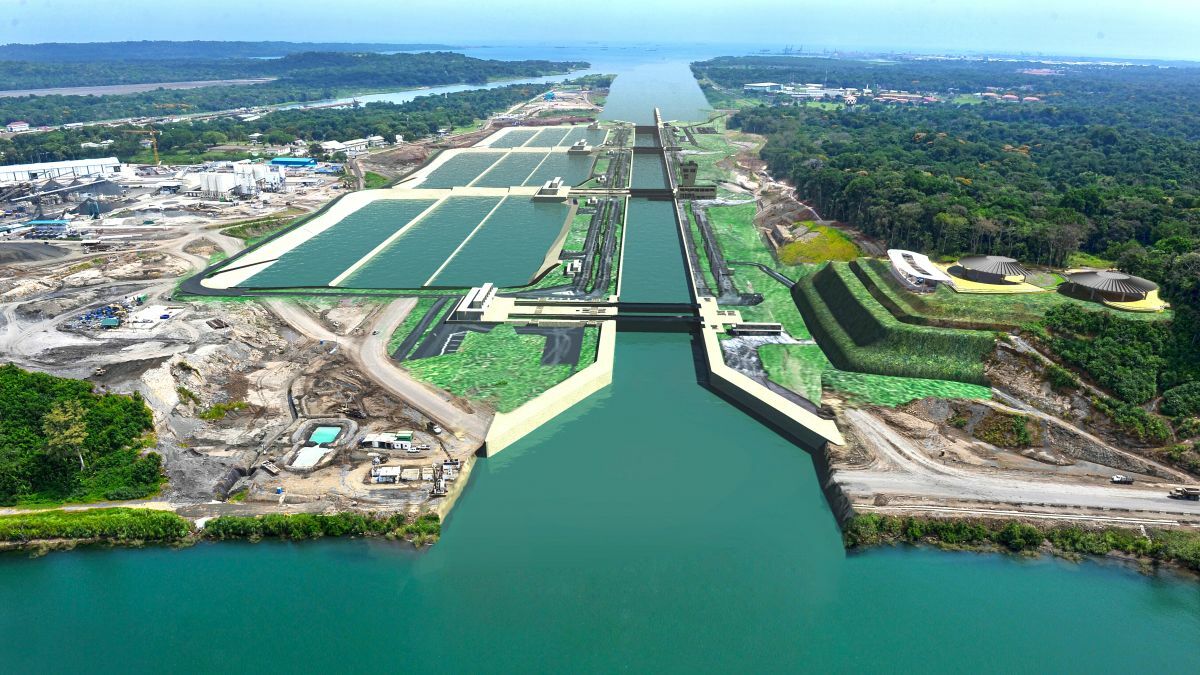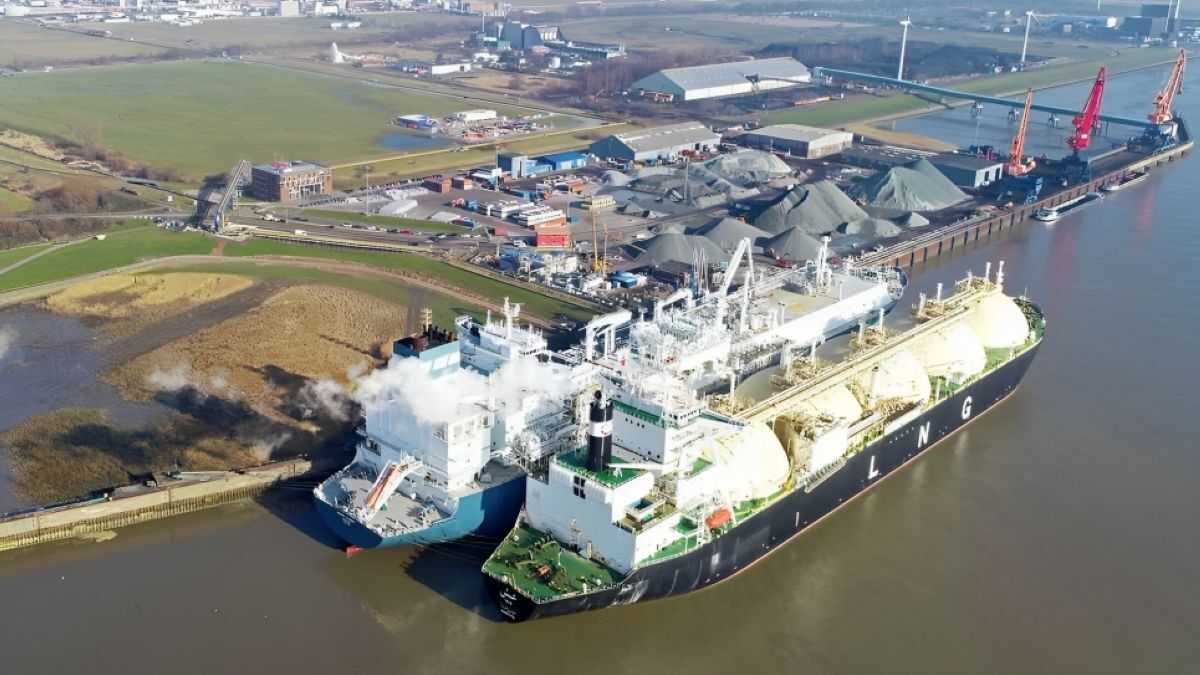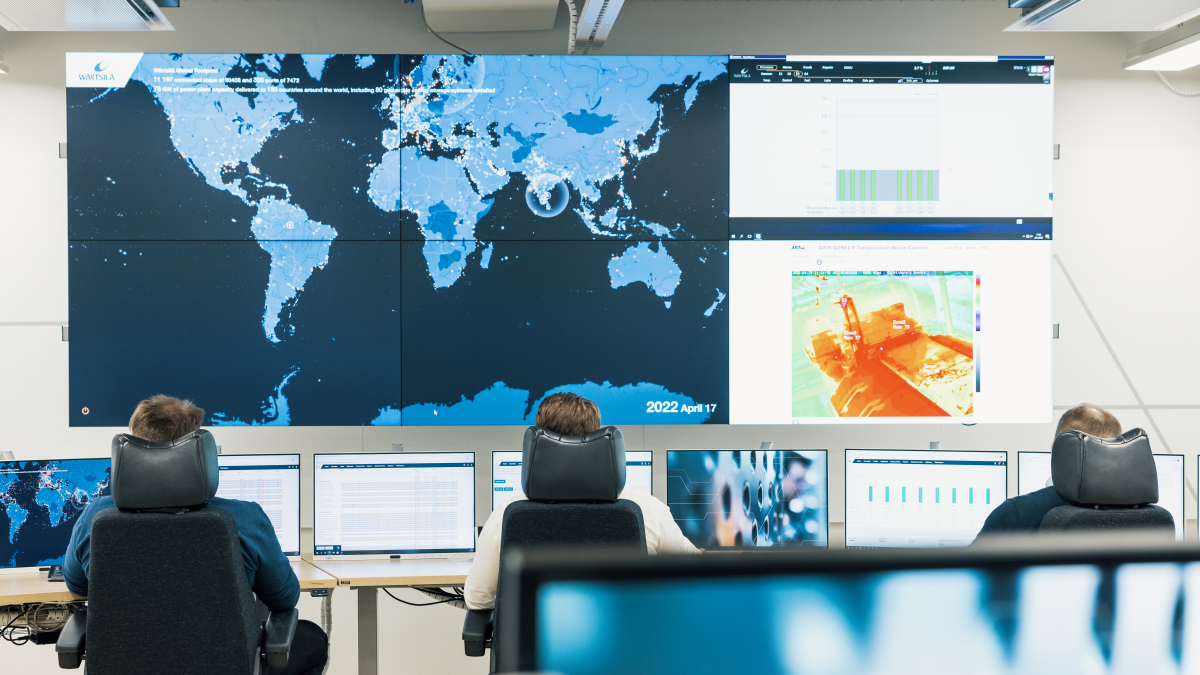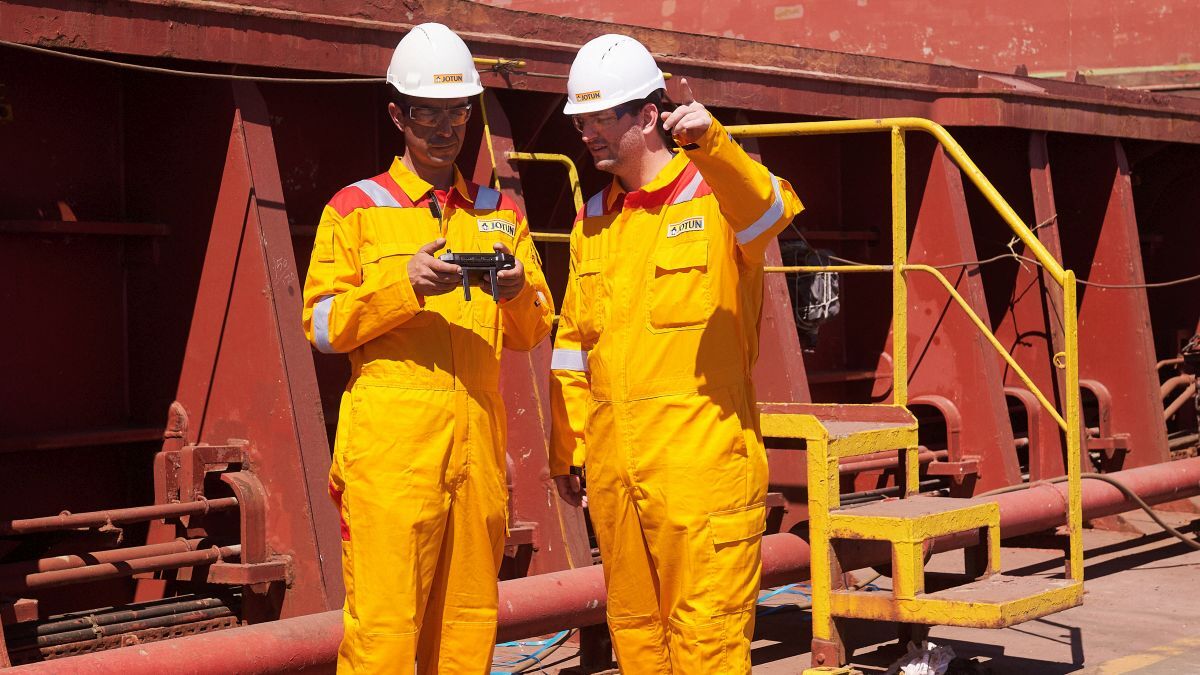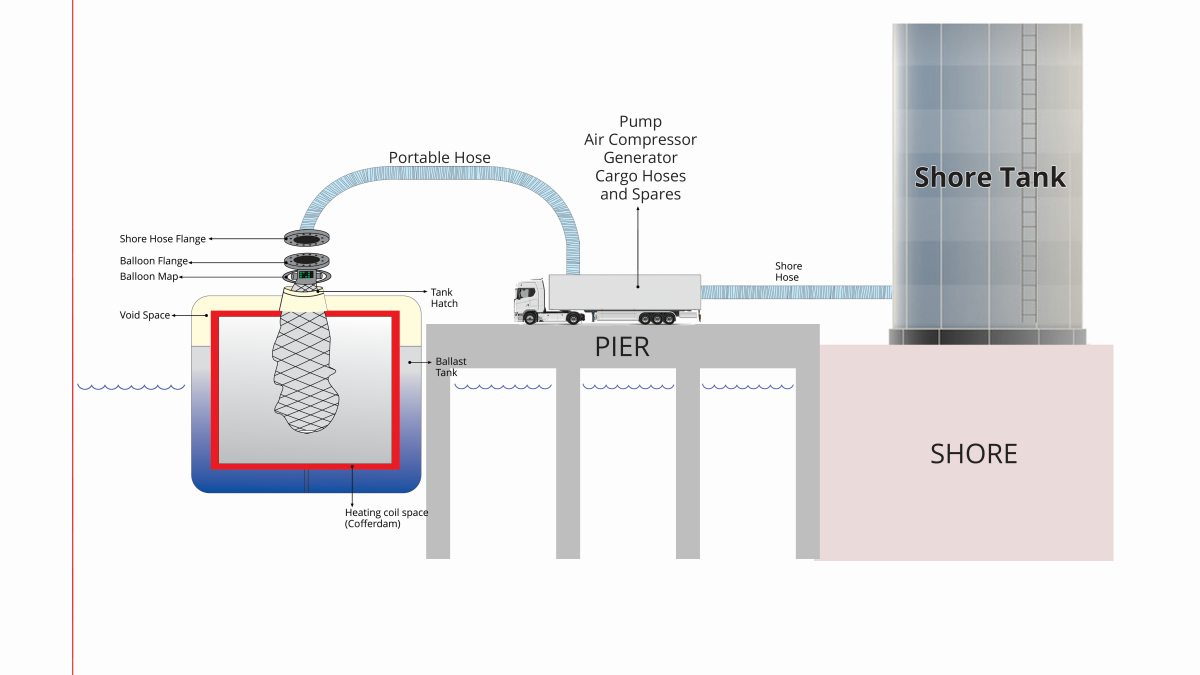Business Sectors
Events
Contents
Panama Canal water levels cause long-term concern
The Panama Canal Authority has been taking short-term action to mitigate the instability of water levels in the Canal and has now put out a tender for a new water management system
The Panama Canal Authority (APC) recently celebrated the 10,000th Neopanamax transit of the expanded Panama Canal, but water levels continue to be a concern. Without sufficient water depth, vessels are at risk of touching the bottom or running aground.
In its latest newsletter, North P&I Club reports its agents in Panama, Pandi Liquidadores, have advised that water levels in the Parana River are critically low. Rainfall is not expected to be sufficient to raise water levels in the near term.
Operators are advised:
- The importance of discussing the passage plan with the pilot.
- When loading, be aware of the latest condition of the river, bearing in mind the maximum permissible drafts which are based on the critical points that the vessel has to sail through depending on location. This information is provided by the Undersecretary of Ports and Waterways every morning around 0900.
- Importance of UKC at all times and consider the ship’s squat (maintain at least 60 cm of under-keel clearance).
- Contact the designated port agents before entering the River Plate basin and before departing from the designated terminal as to obtain accurate and up-to-date information to be confirmed with the pilot on duty.
The Panama Canal Authority has been issuing notices concerning the water levels. The expansion of the canal included balancing lakes and other structures to maintain water levels, but the recent droughts and changes in global climate appear to be overwhelming those facilities.
Faced with this scenario, the Panama Canal Authority implemented measures such as a charge for fresh water that came into effect in February 2020, on top of water conservation practices already in place. These measures allowed the Canal to secure a steady draft after less than three months. Today, the draft level is approximately 15 m, the highest offered in more than 12 months.
The longer-term response is for the Panama Canal Authority to issue a request for qualifications for potential companies to provide the engineering, design and construction of a new water management system that will guarantee an adequate water supply for both Canal operations and local consumption for the next 50 years.
The Panama Canal plans to shortlist the most-qualified firms by the end of year. After this time, each pre-selected bidder will be invited to submit its best value proposals for a portfolio of water management projects at the waterway.
"Securing sustained, operational water levels is paramount for the long-term viability of the Panama Canal. The historically low levels of water in recent years only exacerbated the need to adopt a comprehensive plan," said Panama Canal administrator Ricaurte Vásquez. "As the Canal’s largest investment since the expanded Canal in 2016, I am confident this move will safeguard the waterway’s future as one of the most important hubs for global commerce. To achieve this, we are investing in an innovative system to address water quantity, quality and control effectively."
Riviera is producing a range of technical and operational webinars with the industry’s foremost experts. To view all the previous webinars, in full, in our webinar library
Sign up to attend our upcoming series of free operational and technical webinars on our events page
Related to this Story
Events
Maritime Environmental Protection Webinar Week
Cyber & Vessel Security Webinar Week
The illusion of safety: what we're getting wrong about crews, tech, and fatigue
Responsible Ship Recycling Forum 2025
© 2024 Riviera Maritime Media Ltd.


